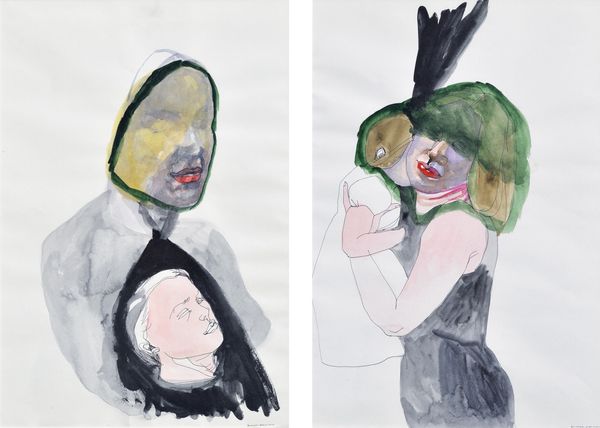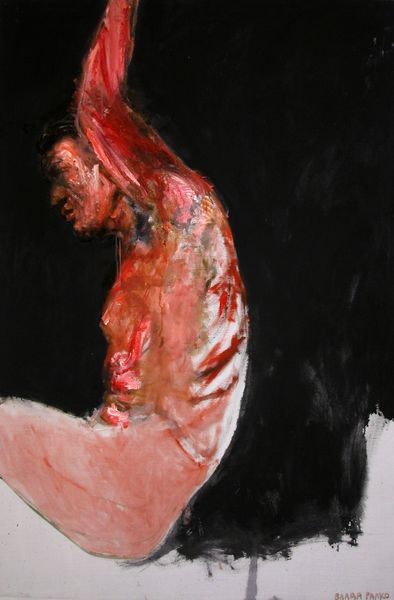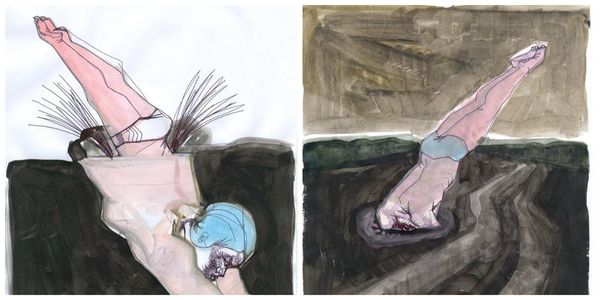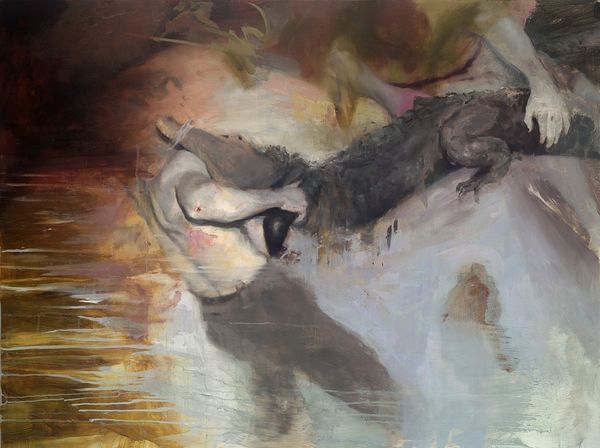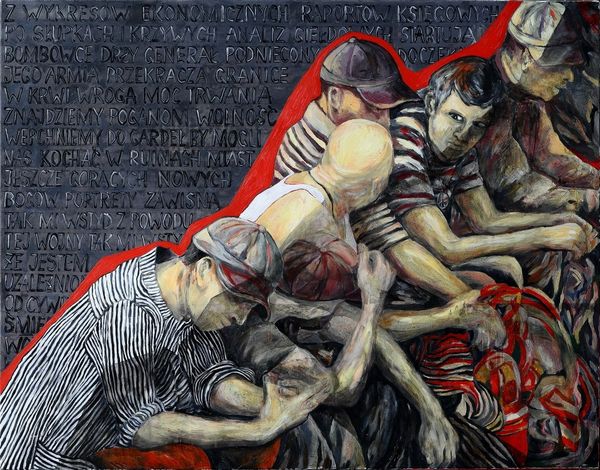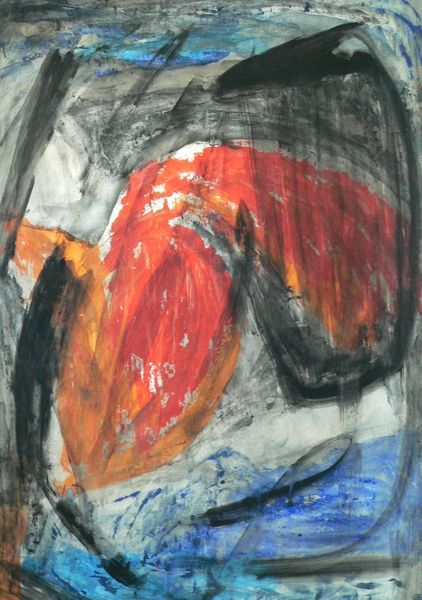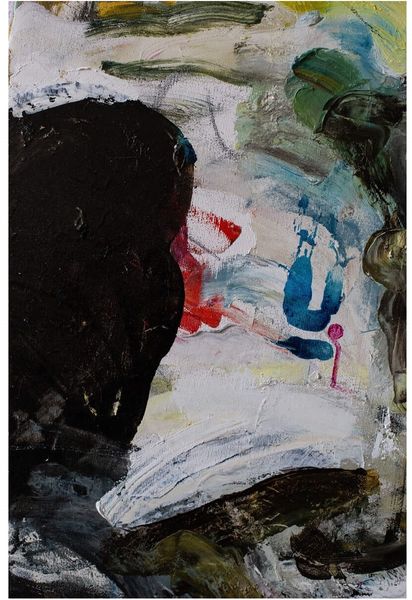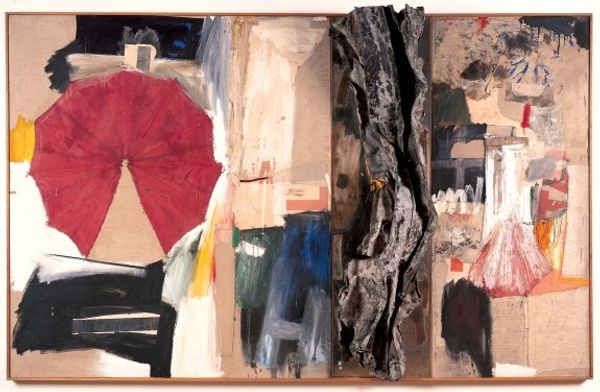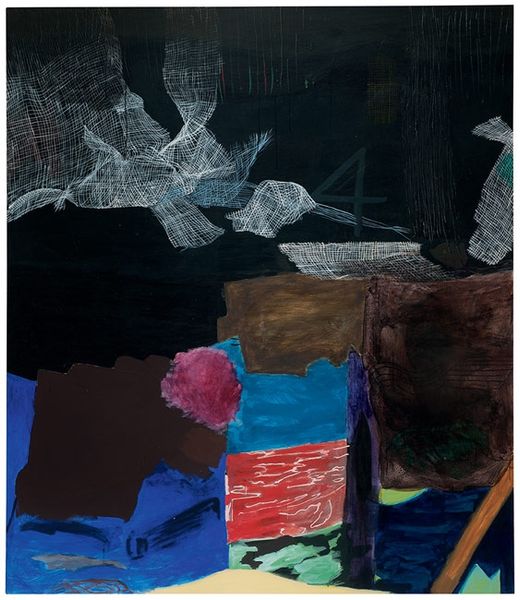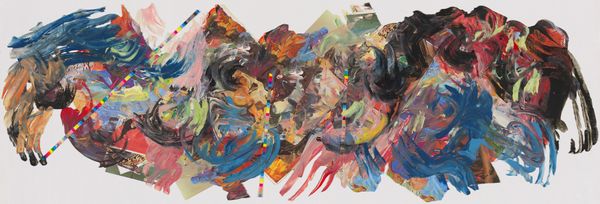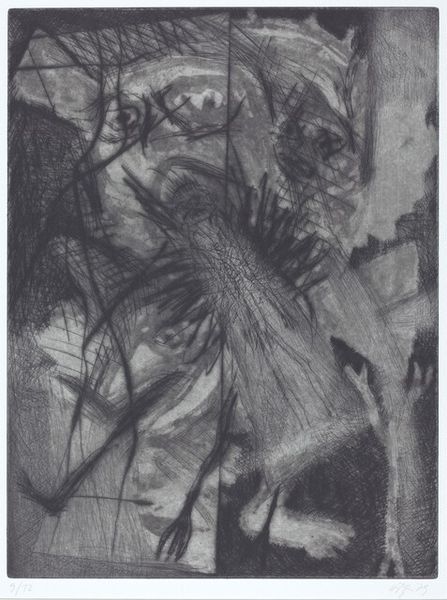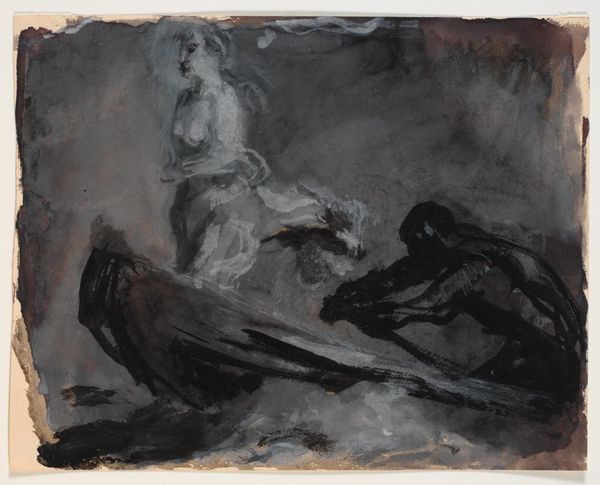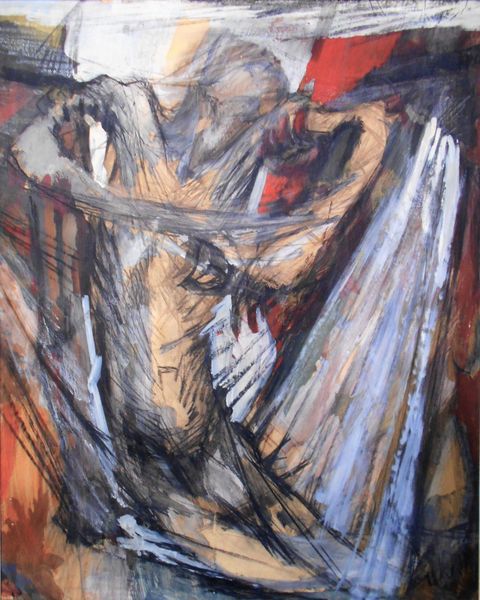
mixed-media, oil-paint, impasto
#
portrait
#
gouache
#
mixed-media
#
contemporary
#
oil-paint
#
figuration
#
oil painting
#
impasto
#
underpainting
#
painterly
#
mixed media
#
watercolor
Copyright: Vlada Ralko,Fair Use
Editor: This is Vlada Ralko’s mixed-media piece from 2007, titled "The South". I’m struck by how each square seems to contain a fragmented narrative, and the overall tone feels quite unsettling. What do you see in this work? Curator: The unsettling feeling is precisely where its power lies. Ralko’s work often confronts uncomfortable truths about societal structures and personal trauma. "The South," painted during a period of political turmoil in Ukraine, can be seen as a reflection on a collective psyche grappling with a shifting identity. Do you notice how figuration plays a vital role? Editor: Yes, the fragmented figures are hard to miss, some appear almost distorted or obscured, conveying raw emotion. Curator: Exactly. The distortions could be read as visual metaphors for the psychological impact of political instability. Ralko seems to hint at gendered and racial power dynamics. Can we interpret certain elements – say, the recurring obscured faces – as symbols of silenced voices? Editor: That’s a compelling thought. I hadn't considered the element of "silencing" so directly, but it really adds another dimension to the figures' disquiet. The dark palette contributes to the feeling, too. Curator: Precisely. And given that it's called "The South," consider postcolonial interpretations, questioning the construction of identity and marginalization, especially in regions historically subjected to external pressures and conflicts. Does understanding these contexts change how you see the piece now? Editor: Definitely. The layered meanings and the underlying themes of social unrest and individual experience give it a much deeper resonance. I initially responded to the surface-level emotions, but it seems the artwork goes way beyond just that. Curator: Art becomes truly powerful when we unpack those layers, revealing its intricate ties to the world around us. And I thank you for unpacking with me today.
Comments
No comments
Be the first to comment and join the conversation on the ultimate creative platform.
